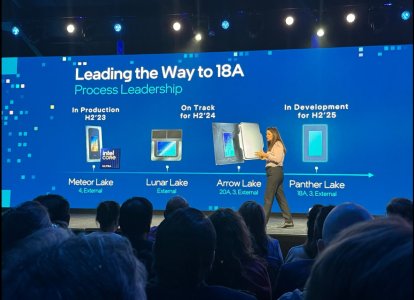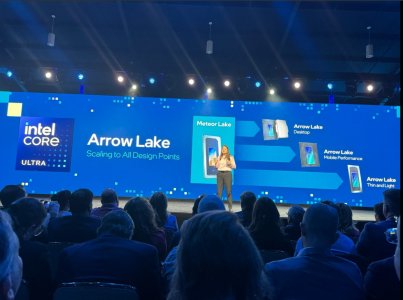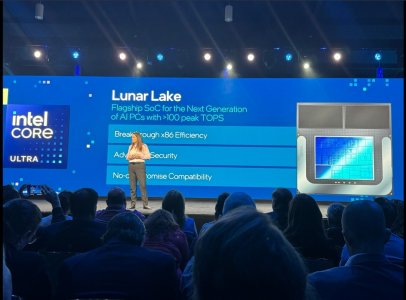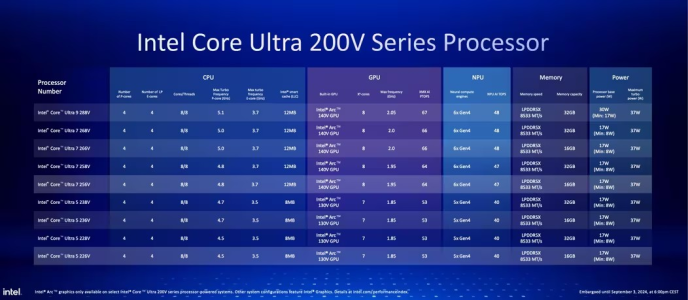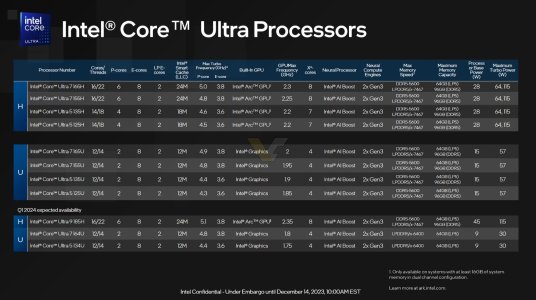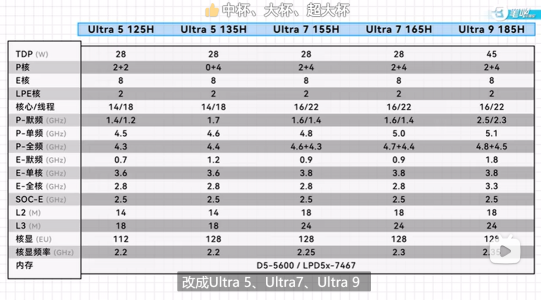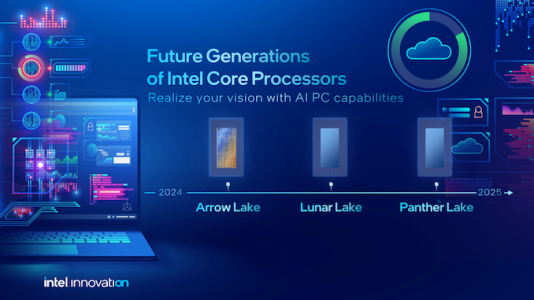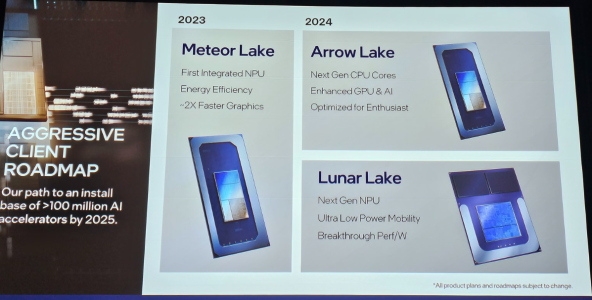Wouldn't it also really depend on *why* Intel is outsourcing most NVL-S's compute tile?
If the issue with 18AP is an uncompetitive fMax with N2, but that fMax still exceeds 5Ghz, then what market besides Intel and AMD desktop CPUs does this limitation impact? 18AP could theoretically be perfectly fine for every application except for high clocking desktop parts.
Why are we expecting Apple/Nvidia to hobble their own products by being forced to use Intel process?
Intel claims 18A is not mobile competitive, and they say 18A-P is. Can we trust them on that? The same slide showed 18A-P is suitable for HPC too. If the 15-25W processors can huff and puff to barely reach 5.1GHz, and we expect ARM processors to reach that range, then it's plausible that it won't reach the targets Apple/Nvidia wants either, cause they operate at much lower power targets for Apple and Nvidia needs high density.
Simply put, if it's good enough for Apple/Nvidia, it should be good enough for Intel. Either that or 18A-P is being used for super low end Apple/Nvidia, which won't materially affect IFS enough to be profitable. I don't see a win here in any scenario.
12 years lol 14nm has delay as well it's not an easy task to fix this mess that was created
14nm? Try 22nm. It was 6 month delayed too.
If 10 nm had met frequency and yield targets only a year late versus what actually happened this whole conversation could be on its head. AMD may be dead as a result of being squeezed between Intel still holding the high ground and ARM products from below. Optane would still be a product. Aurora supercomputer wouldn’t have forced Intel to TSMC and Intel may have had a bigger presence in AI.
That's the thing. For 10nm to succeed, it wouldn't have met the lofty density, performance, and power targets. They simply aimed too high, thus failed. It wouldn't have had cobalt, it wouldn't have had the density, and maybe even Foveros wouldn't have been ready either. Which came to be the end result anyways, but still. 10nm wanted 2.7x density after doing 2.7x density on 14nm, which ended up being mostly useless since the P core team only used standard 2x scaling as they did since Pentium in 1995. Without either scaling Intel 7 wouldn't = N7, instead original 10nm would be "N8.5".
